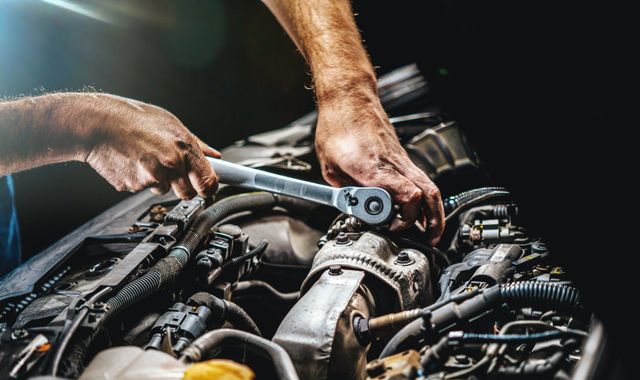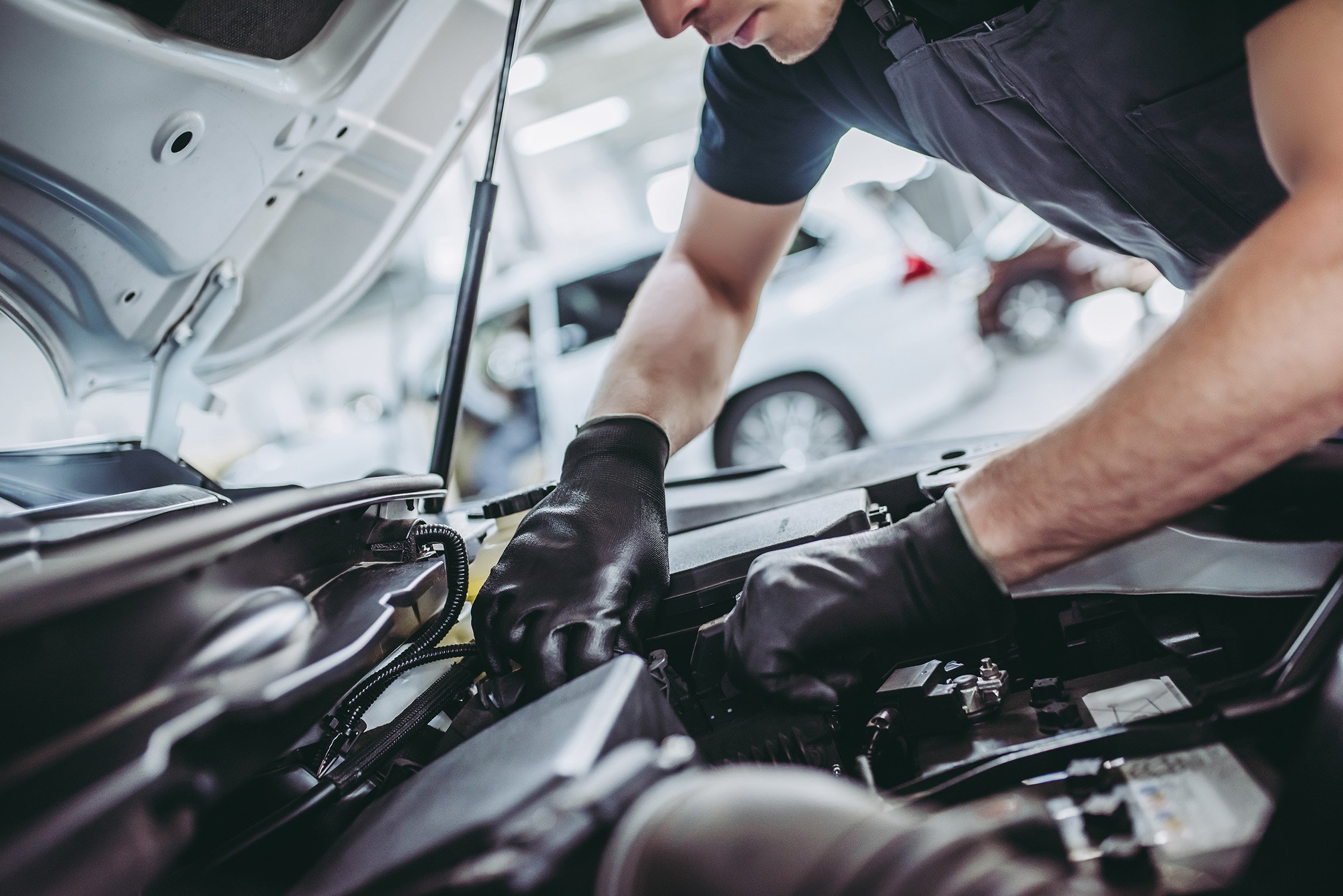All Categories
Featured

When it comes to car repair services, one of the most substantial decisions you'll encounter is whether to opt for Original Equipment Manufacturer (OEM) components or aftermarket parts. Listed below, we discover the advantages and factors to consider of both OEM and aftermarket parts to assist you select the right alternative for your following automobile fixing.

What Are OEM Components? When it was very first developed, OEM components are made by the very same firm that manufactured the components in your lorry. They are designed particularly for your make and version, making certain ideal compatibility and high-grade efficiency. Because OEM parts are the exact same ones used in the original setting up of your lorry, they often tend to fulfill the exact same high requirements established by the supplier.
Among the key benefits of choosing OEM parts is the guarantee of top quality and dependability. These components are usually backed by a guarantee, providing defense versus issues or very early failure. Using OEM components for repairs can help guarantee that your service warranty remains legitimate if your vehicle is still under warranty. Furthermore, due to the fact that OEM parts are designed to fit exactly, there's less risk of setup problems or future problems.

What Are Aftermarket Parts? Aftermarket parts, on the various other hand, are created by third-party producers who might not be directly connected with the lorry's original maker. These components are created to fit a range of vehicles and are often more economical than OEM components. While numerous aftermarket parts are of premium quality, they can differ substantially in between manufacturers.
One of the most significant benefit of aftermarket components is their cost-effectiveness. Considering that these components are mass-produced and do not have the same expenses prices as OEM parts, they are generally priced reduced. In addition, aftermarket parts can offer enhanced performance or aesthetic improvements over OEM components. For instance, aftermarket exhaust systems or suspension elements might offer much better efficiency or a much more hostile appearance contrasted to factory-installed components.
Benefits of OEM Parts. Guaranteed Fit and Quality: OEM components are made to satisfy the precise requirements of your lorry, making sure a perfect fit and maintaining the efficiency requirements that the supplier planned. Warranty: Lots of OEM parts come with a service warranty, using satisfaction in case the component is faulty or fails prematurely. Resale Worth: If you intend on selling your car, utilizing OEM parts can assist maintain its resale worth since potential purchasers commonly try to find automobiles that have actually been repaired with initial elements. Vehicle Stability: Making use of OEM components assists ensure that your automobile remains to carry out as planned by the manufacturer, maintaining it in optimum condition. Benefits of Aftermarket Parts. Lower Rate: Aftermarket components are frequently a lot more inexpensive, which can be a substantial factor to consider if you're on a budget or wanting to save money on fixings. Variety and Customization: Aftermarket components supply a vast range of choices, particularly for performance upgrades or cosmetic modifications, allowing you to individualize your vehicle or enhance its performance. Wide Availability: Aftermarket components are typically simpler to discover than OEM parts, particularly for older automobiles or hard-to-find components. Performance Enhancements: In many cases, aftermarket components are designed to offer remarkable efficiency, such as better brakes or higher-flow air filters that boost horse power. Disadvantages of OEM Parts. Greater Cost: OEM parts have a tendency to be more expensive than aftermarket alternatives, which might be a drawback for auto owners on a tight spending plan. Minimal Choices for Modification: OEM components are developed to replace the original components with no improvements, so they may not offer performance upgrades or aesthetic modifications. Availability: Depending upon the make and version of your automobile, OEM components can sometimes be hard to discover, specifically if your auto is older or has been stopped. Downsides of Aftermarket Parts. Irregular Quality: The top quality of aftermarket components can vary substantially between manufacturers. While some are made with high-grade products, others might be less durable or improperly created, which might result in faster deterioration. Possible Fitment Issues: Aftermarket parts may not always fit your car as exactly as OEM components, resulting in possible compatibility concerns or added job throughout installation. Guarantee Worries: Using aftermarket parts may nullify your producer's warranty or cause complications if a failing happens that relates to the aftermarket part. Just how to Make a decision Between OEM and Aftermarket Components. Selecting between OEM and aftermarket parts depends upon a number of variables, including your spending plan, the age and problem of your vehicle, and your particular repair requirements.
Budget plan: If price is your main issue, aftermarket components are usually the much more cost effective selection. It's essential to weigh the long-lasting worth of your choice. If you select a cheaper aftermarket component that does not perform well or requires frequent substitutes, you might end up investing extra in the future. Lorry Age and Problem: For newer vehicles still under guarantee or those in exceptional condition, OEM components are generally advised to preserve the vehicle's integrity and ensure it continues to operate as planned. For older lorries, aftermarket parts might supply a more economical service without jeopardizing performance. Repair service Type: Some repair work, specifically safety-related elements like air bags or brake systems, are best taken care of with OEM parts to make certain optimum safety and security and reliability. For non-essential repairs or performance upgrades, aftermarket components might provide a great balance between expense and performance. Conclusion. The decision between OEM and aftermarket components depends on your specific needs, preferences, and budget. While OEM parts offer assured quality and integrity, aftermarket parts provide cost financial savings and the chance for performance enhancements or modification. By thoroughly considering factors like the nature of the repair work, the age of your vehicle, and your economic circumstance, you can make an informed choice that ensures your vehicle stays in leading problem without breaking the bank. Always talk to a relied on auto mechanic to determine the most effective choice for your repair requires.
Latest Posts
Reputable Industrial Roof Covering Services by Weathercraft
Published May 25, 25
1 min read
Uncover the Best Auto Repair Coupons in Montclare, Chicago
Published May 23, 25
1 min read
How to Know When Your Car Needs Skilled Car Repair at Montclare Auto Repair
Published May 23, 25
1 min read